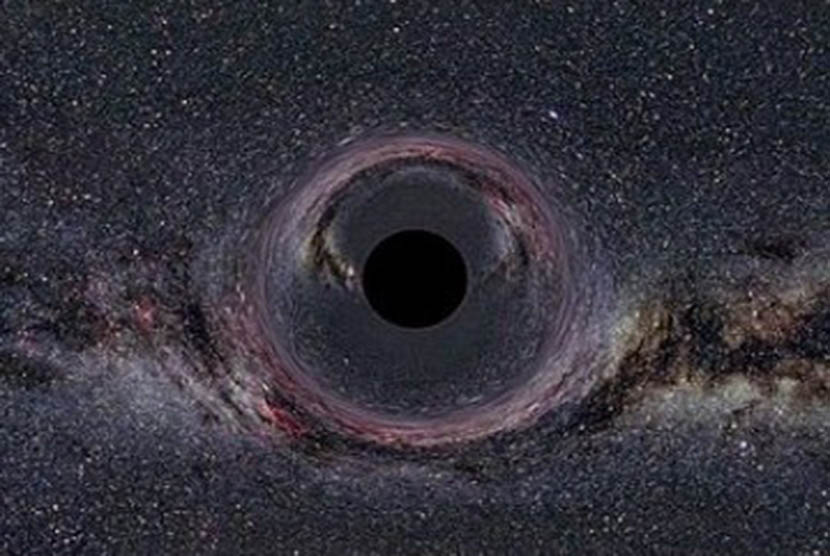Reported by ReutersOn Thursday (11/24/2022), researchers studied an exotic object called a blazar at the center of a large elliptical galaxy called Markarian 501. The center of this galaxy is about 460 million light-years from Earth. A light year is the distance light travels in one year, 5.9 trillion miles (9.5 trillion km).
Blazar is powered by a supermassive black hole that feeds on gas and other material at the center of the galaxy by sending two jets of particles flying in opposite directions into space. The blazar is oriented such that one of the two jets is captured by the IXPE tool.
“Blazars are the brightest objects in the observable universe. They are the most energetic. They have the biggest and scariest black holes. Everything that is happening around them is very interesting,” said astronomer Yannis Liodakis of the Finnish Astronomy Center with ESO, lead author of the research published in the journal Nature.
Scientists have long sought to understand how jets fired by blazars get so bright and how the particles in them behave. The emission of this blazar reaches a distance of about one million light years.
IXPE, launched last December 2021 as a collaboration between the United States Space Agency (US) NASA and the Italian Space Agency. This instrument is used to measure the brightness and polarization of X-ray light from cosmic sources.
The researchers found evidence that particles in a jet become excited when hit by shock waves that spread outward in the stream and emit X-rays as they accelerate. Shock waves are generated when something moves faster than the speed of sound through a medium such as air.
“The light we see from the beam comes from electrons,” said Boston University astrophysicist and study co-author Alan Marscher.
“X-rays of the kind we observed in Markarian 501 it can come from very high-energy electrons.”
The driving force behind this phenomenon are black holes, incredibly dense objects with gravity so strong that not even light can escape. The supermassive black hole at the center of Markarian 501 has a mass about a billion times that of our sun.
“Black holes are a unique laboratory for studying basic physics under extreme conditions that we cannot replicate on Earth,” Liodakis said.


